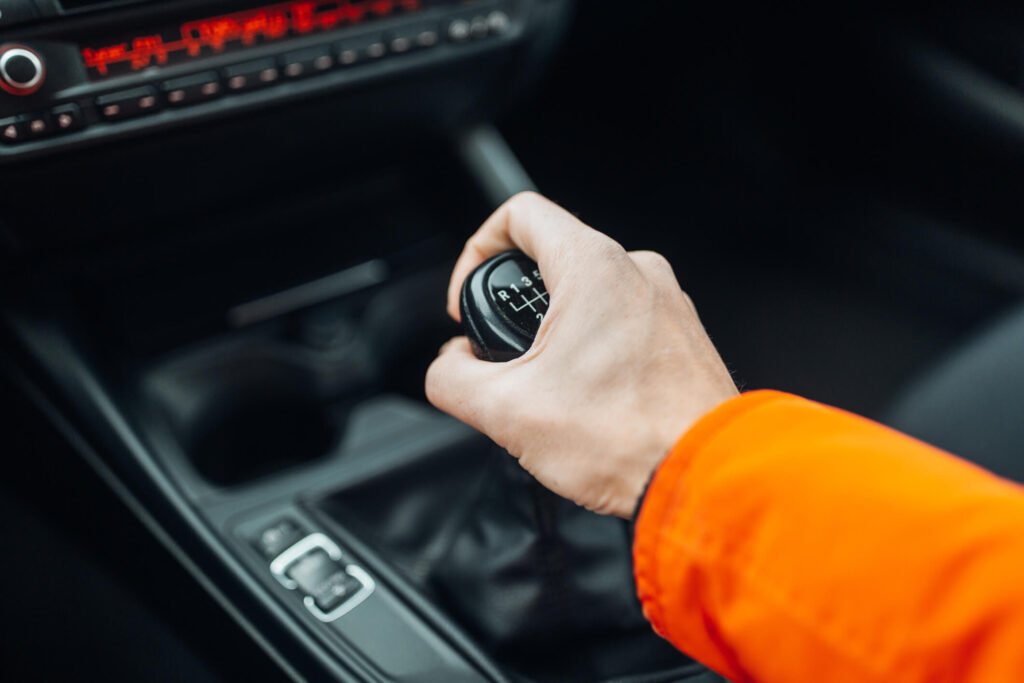How to Maintain a Manual Car
Manual cars, while becoming less common, are still favored by many drivers for their engaging driving experience and greater control over the vehicle. To keep your manual car running smoothly, regular maintenance is key. By taking the right steps to maintain a manual car, you can extend its lifespan and ensure it performs at its best. In this guide, we’ll explore how to properly care for your manual car, covering everything from clutch maintenance to gear shifts.

Regularly Check and Change the Transmission Fluid
One of the most important steps in maintaining a manual car is to regularly check and change the transmission fluid. Unlike automatic cars, manual transmissions rely on gear oil to keep the gears lubricated and operating smoothly. Over time, this fluid can break down or become contaminated, which can lead to gear wear or even failure.
To maintain a manual car, check the transmission fluid level and quality every 30,000 to 60,000 miles, depending on your driving habits and the manufacturer’s recommendations. If you notice the fluid is dark or has a burnt smell, it’s time for a change. Regularly changing the transmission fluid can prevent costly repairs and keep your car running smoothly.
Pay Attention to the Clutch
The clutch is one of the most critical components of a manual car. It’s responsible for engaging and disengaging the engine from the transmission, allowing you to change gears. To maintain a manual car, it’s essential to pay close attention to the clutch and ensure it’s functioning properly.
Avoid riding the clutch, which means keeping your foot on the pedal when not changing gears, as this can lead to premature wear. Additionally, don’t “dump” the clutch, which is releasing it too quickly, as this can cause unnecessary strain on the transmission. Instead, practice smooth and deliberate clutch movements to prolong its lifespan.
If you notice any signs of clutch wear, such as a slipping sensation, a burning smell, or difficulty shifting gears, it’s time to have your clutch inspected by a professional. Replacing a worn-out clutch promptly can prevent further damage to the transmission.
Ensure Proper Gear Shifts
Another crucial aspect of maintaining a manual car is ensuring proper gear shifts. Shifting gears smoothly and at the right RPM (revolutions per minute) can help reduce wear on the transmission and clutch. To maintain a manual car, avoid shifting at very low or high RPMs, as this can put undue stress on the engine and transmission.
Always use the clutch when shifting gears, and make sure the gear lever is fully engaged in the desired gear before releasing the clutch. If you notice grinding noises while shifting, it could indicate that the synchros in the transmission are worn, or you are not engaging the clutch properly. In such cases, it’s best to have your car checked by a mechanic.
Keep an Eye on the Brakes
Manual cars often rely more on engine braking than automatic cars, which can reduce wear on the brake pads. However, it’s still important to regularly check the brakes to maintain a manual car. Inspect the brake pads, rotors, and fluid levels, and replace them if necessary.
Using engine braking properly can extend the life of your brake pads and rotors. To use engine braking, downshift to a lower gear while decelerating, allowing the engine to slow down the car without over-relying on the brakes. This technique not only helps maintain a manual car but also provides more control when driving downhill or in slippery conditions.
Check the Shifter Linkage
The shifter linkage connects the gear lever to the transmission and plays a crucial role in maintaining a manual car’s smooth operation. Over time, the linkage can become loose or worn, leading to difficulty shifting gears or a “sloppy” feel in the gear lever.
To maintain a manual car, periodically inspect the shifter linkage for any signs of wear or damage. If you notice any issues, have the linkage adjusted or replaced by a professional mechanic. A well-maintained shifter linkage ensures precise gear changes and a more enjoyable driving experience.
Perform Regular Maintenance Checks
Routine maintenance checks are vital to maintain a manual car and ensure its longevity. This includes regular oil changes, inspecting the air filter, checking the spark plugs, and monitoring the condition of the tires. Keeping up with these basic maintenance tasks can prevent minor issues from becoming major problems and help maintain the overall performance of your car.
Conclusion
Maintaining a manual car requires regular attention to detail and an understanding of how the transmission and clutch work together. By following these tips and performing routine checks, you can keep your manual car in top condition and enjoy a smoother, more reliable driving experience. Remember, to maintain a manual car, it’s important to stay proactive with maintenance and address any issues as soon as they arise.

